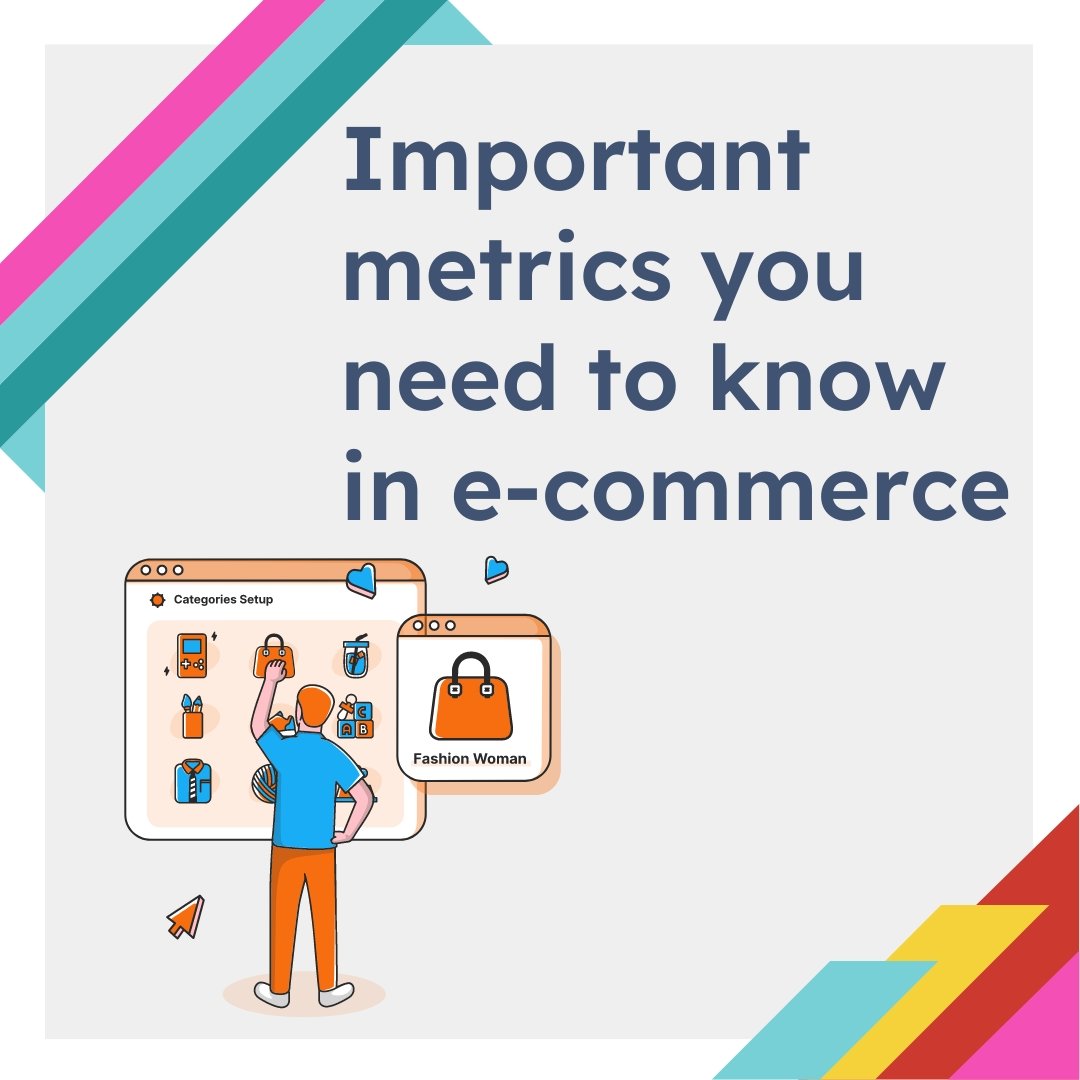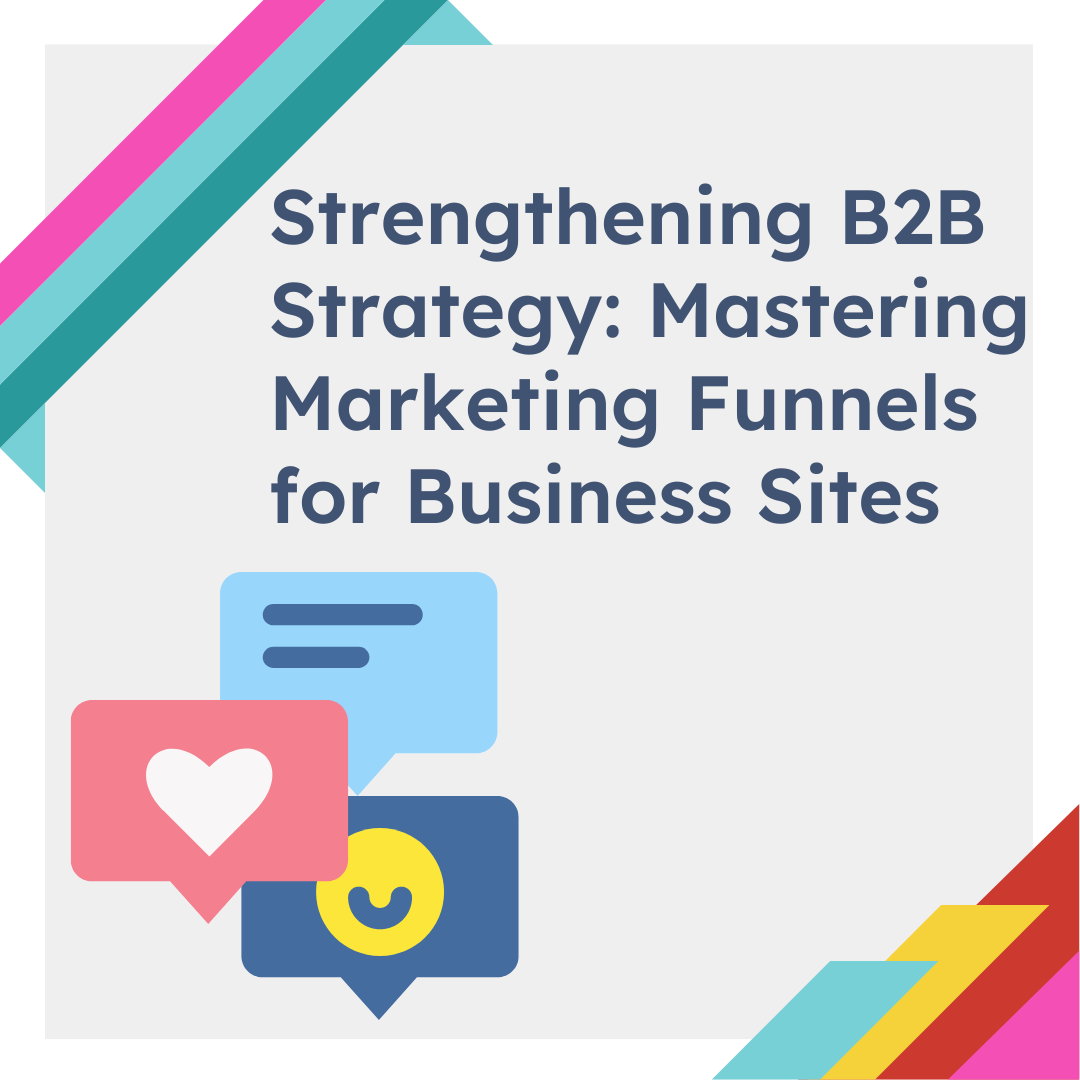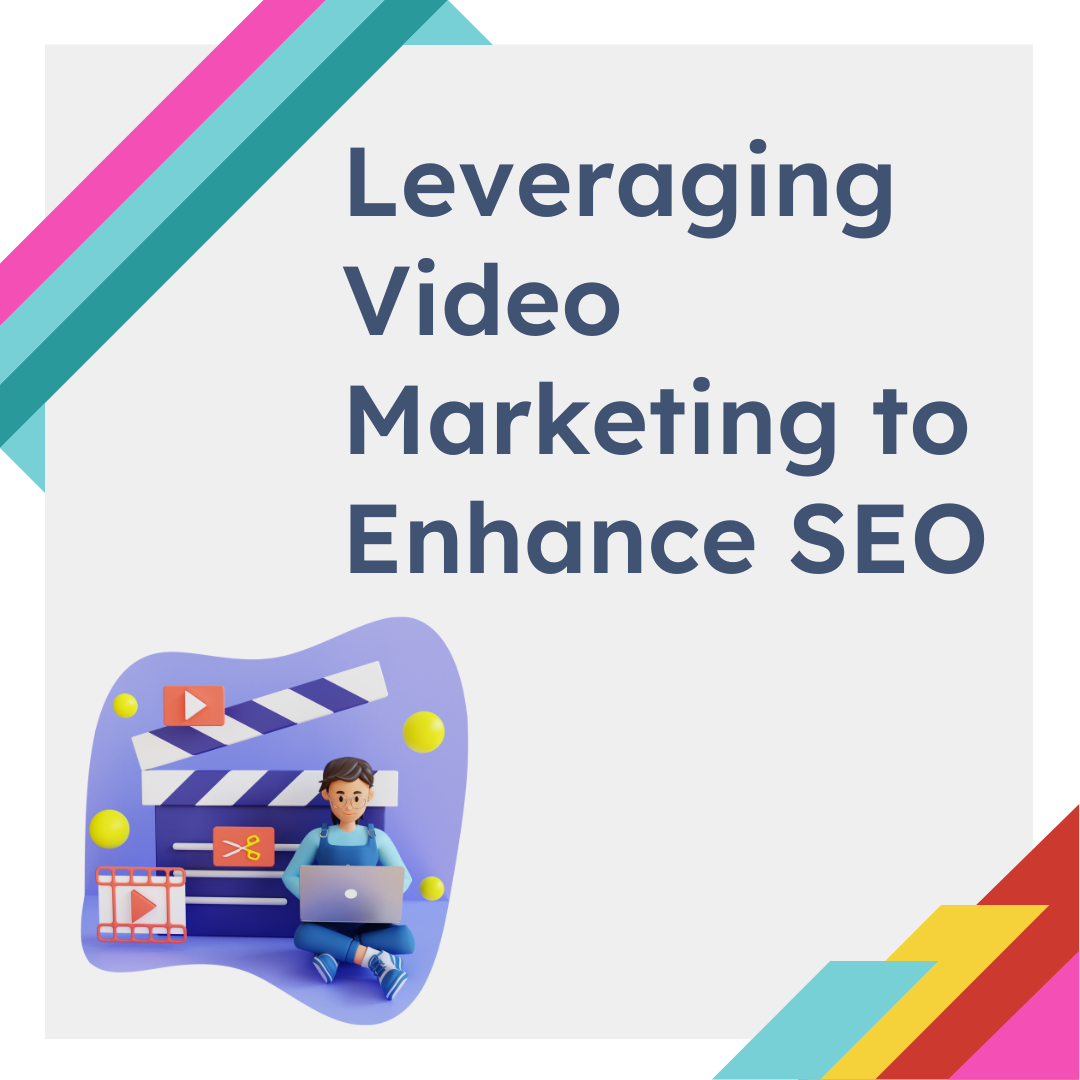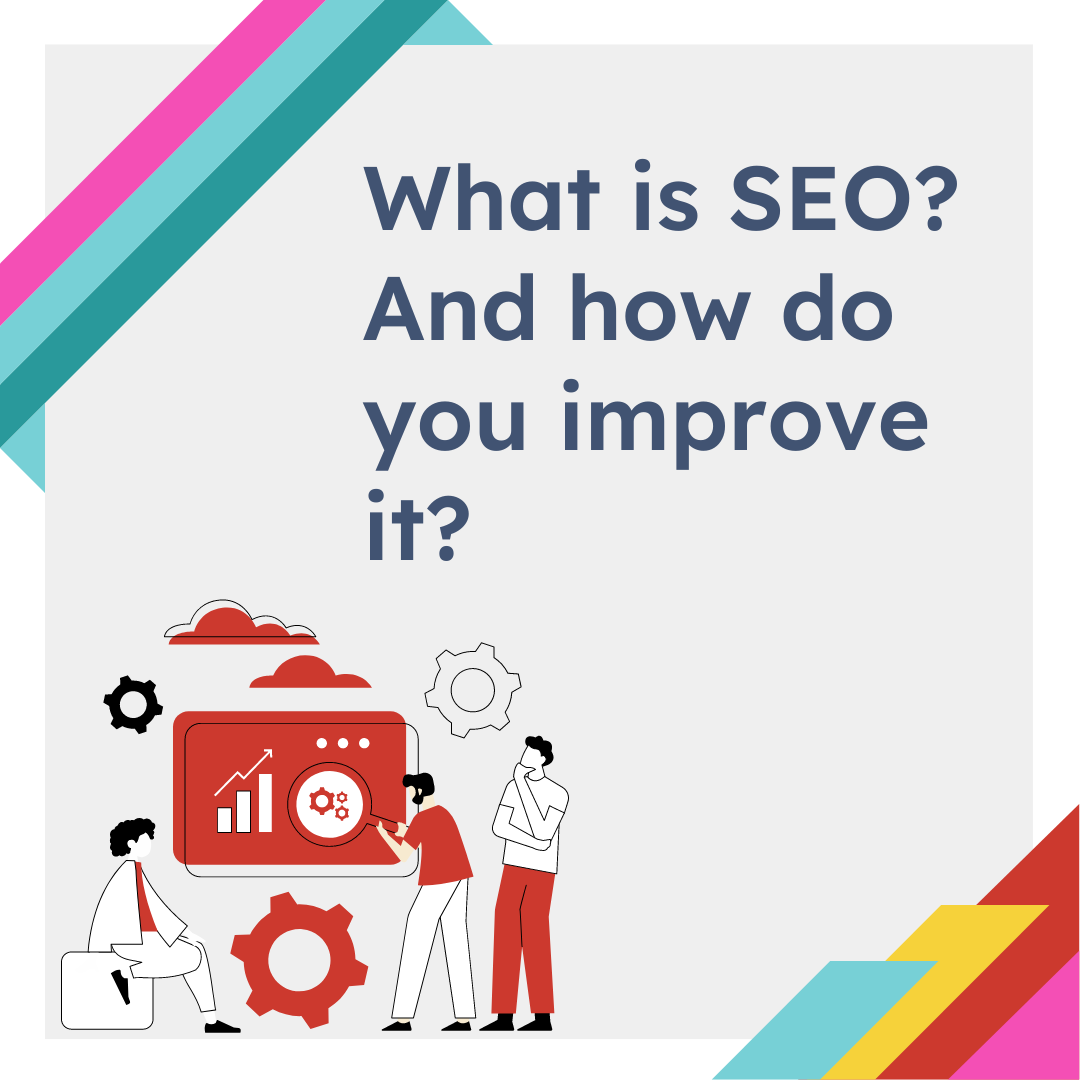Category: Conversion & Auditing
-
The Power of Reviews: Building Trust and Boosting Sales Online
In digital commerce, one factor continues to hold disproportionate sway over consumer behaviour, the online review. Whether it’s a five-star rating on Google or a detailed testimonial on Trustpilot, customer feedback is no longer an outer aspect of business, it’s central to it.
Written by
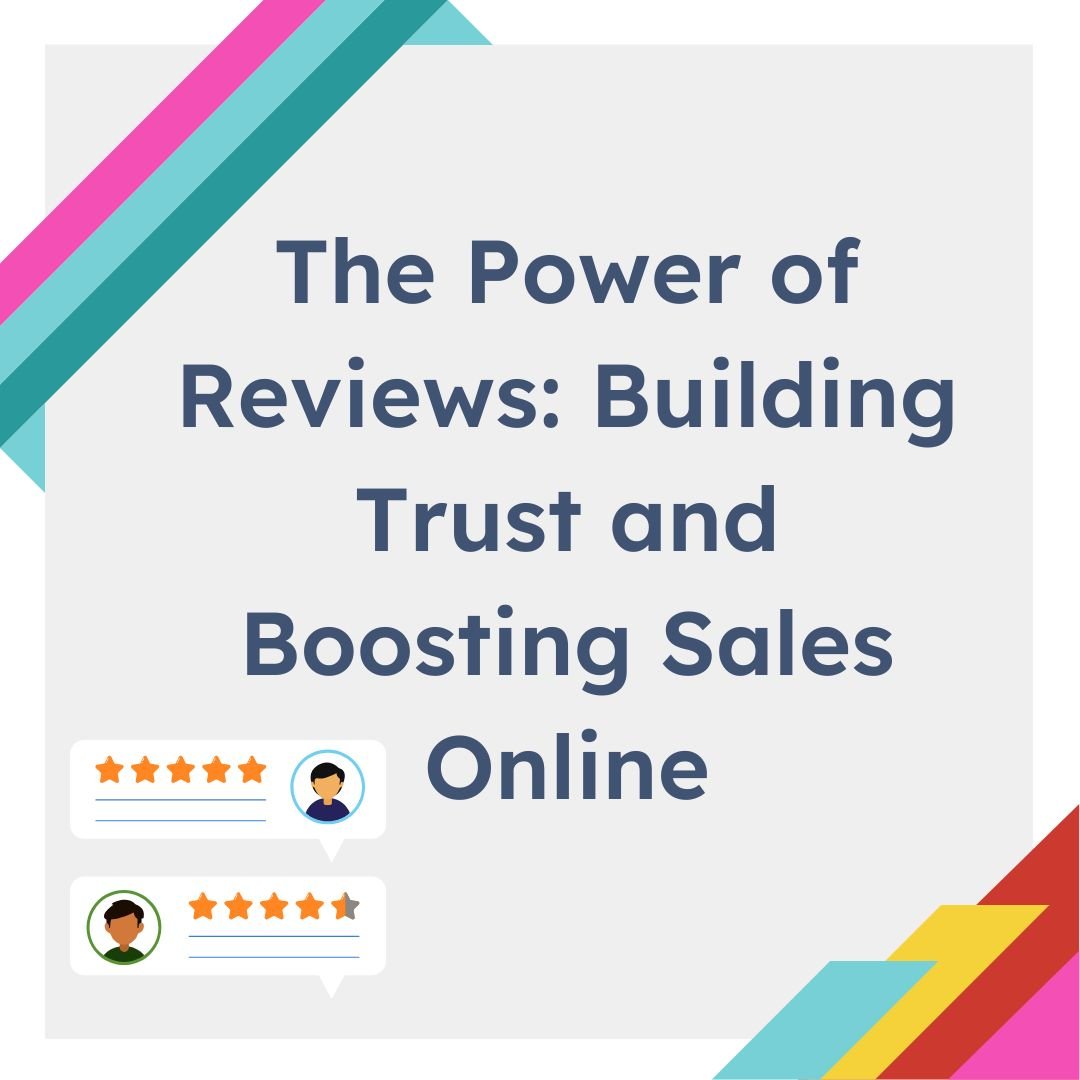
-
Our Developer’s Predictions for 2025: Insights from 2024
In recent years, digital marketing has been driven by changes in consumer behaviour, technological advancements, and increasing complexity in performance marketing. Businesses must anticipate these shifts to stay competitive in 2025. At Studioworx, we spent some time speaking to our specialist developers to see what key trends they think will shape the year ahead based…
Written by
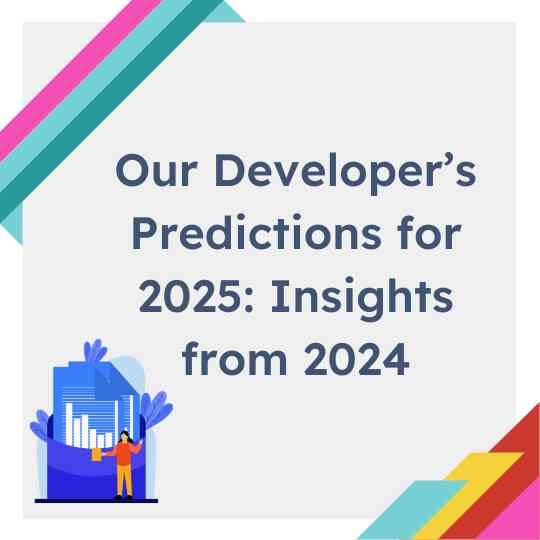
-
Google’s Decision on Third-Party Cookies: Effects on Web Design
In a surprising turn of events, Google has decided to abandon its long-planned deprecation of third-party cookies in Chrome. This move, initially aimed at enhancing user privacy, has significant implications. Let’s discuss what this means for web developers and designers.
Written by
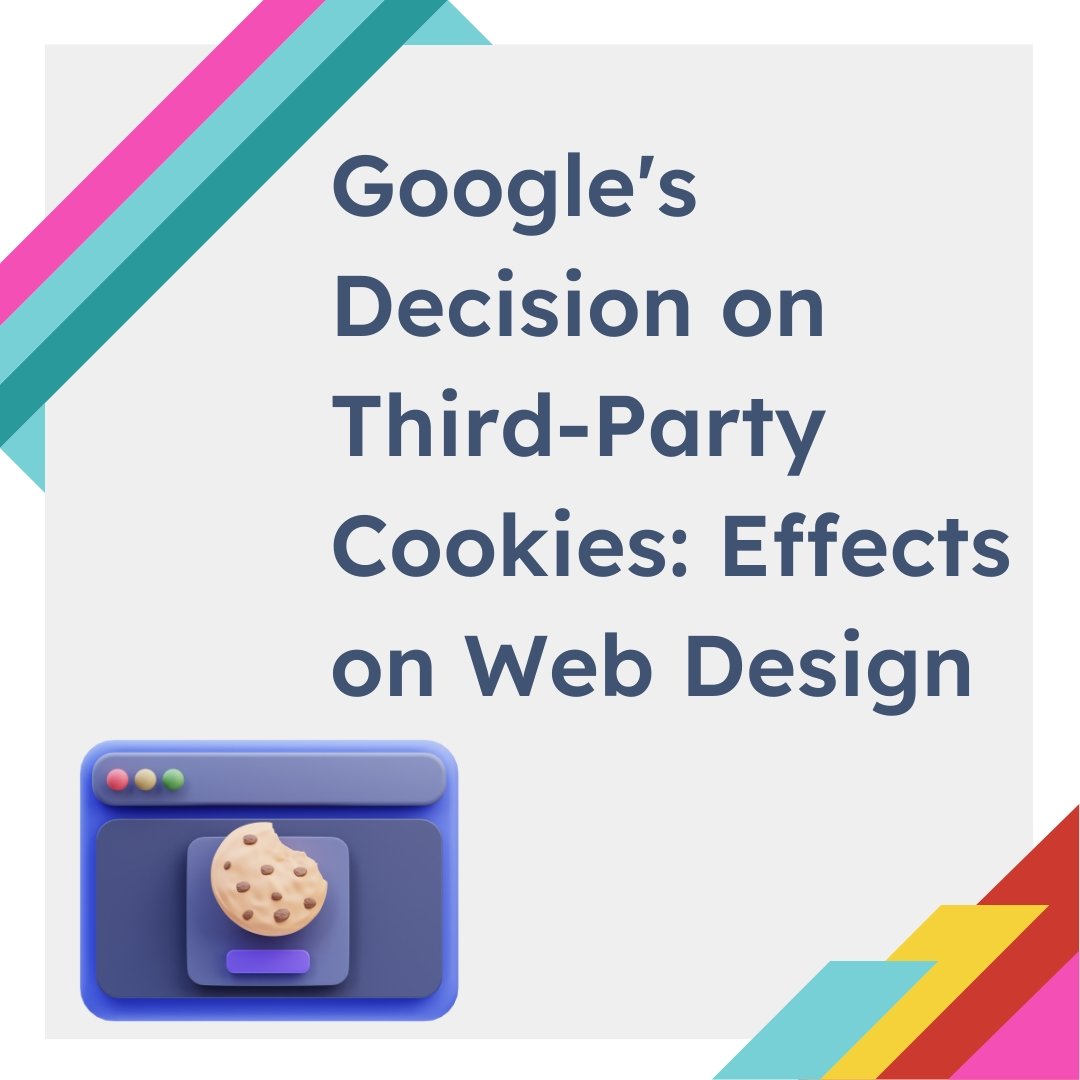
-
Revolutionising E-Commerce: How Studioworx Transforms B2C to B2B
The transition from B2C to B2B platforms represents a significant shift in functionality and user experience. Here at Studioworx, we believe that we excel in this domain, seamlessly transforming B2C sites into robust B2B solutions.
Written by
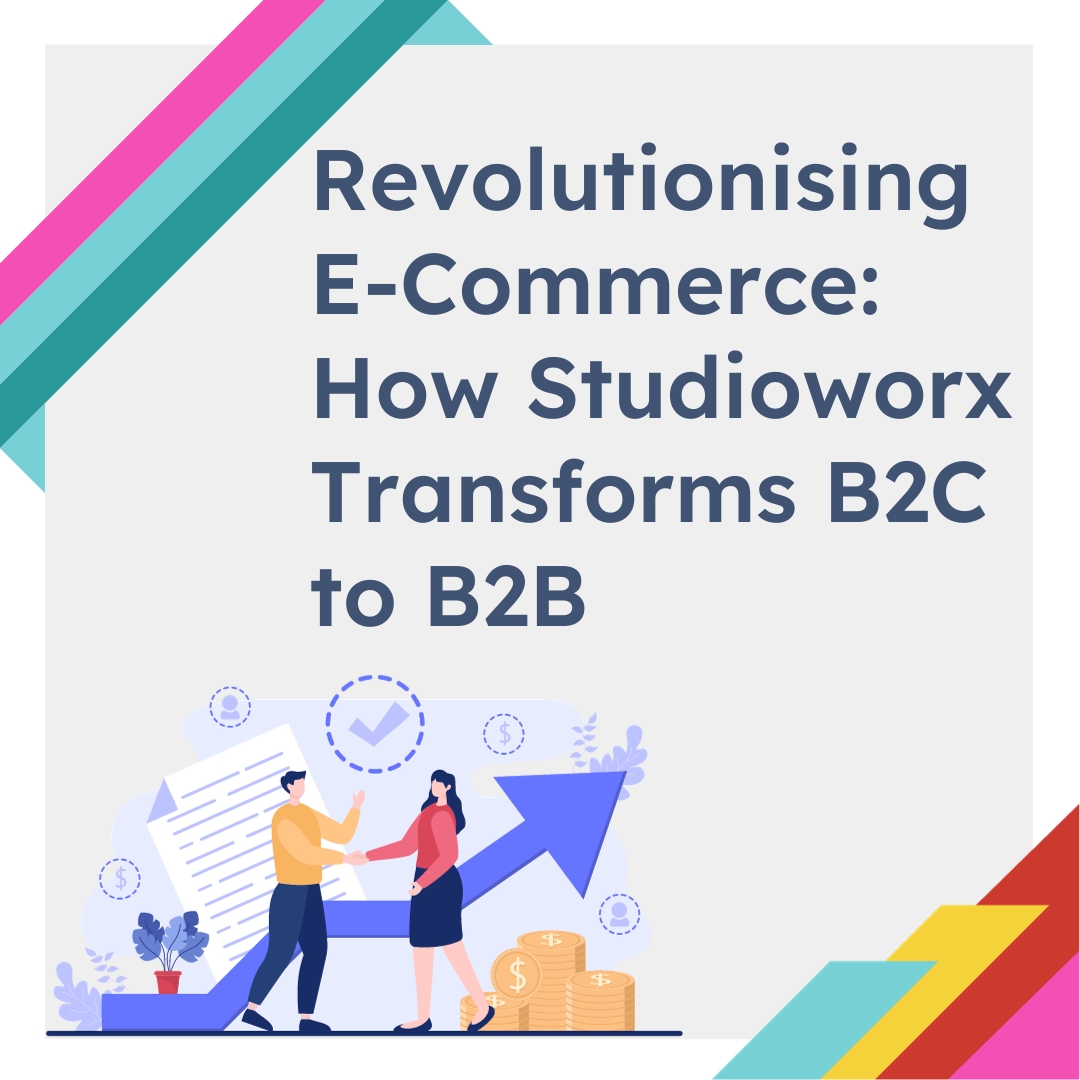
-
Cutting Costs Effectively: Merging Your Retail & B2B E-Commerce Platforms
The significance of e-commerce in shaping business transactions is undeniable. Retail and B2B (business-to-business) e-commerce platforms have traditionally been distinct entities, each presenting unique challenges and incurring specific costs. However, in the pursuit of efficiency and cost-effectiveness, a growing trend is emerging: the integration of retail and B2B e-commerce platforms.
Written by
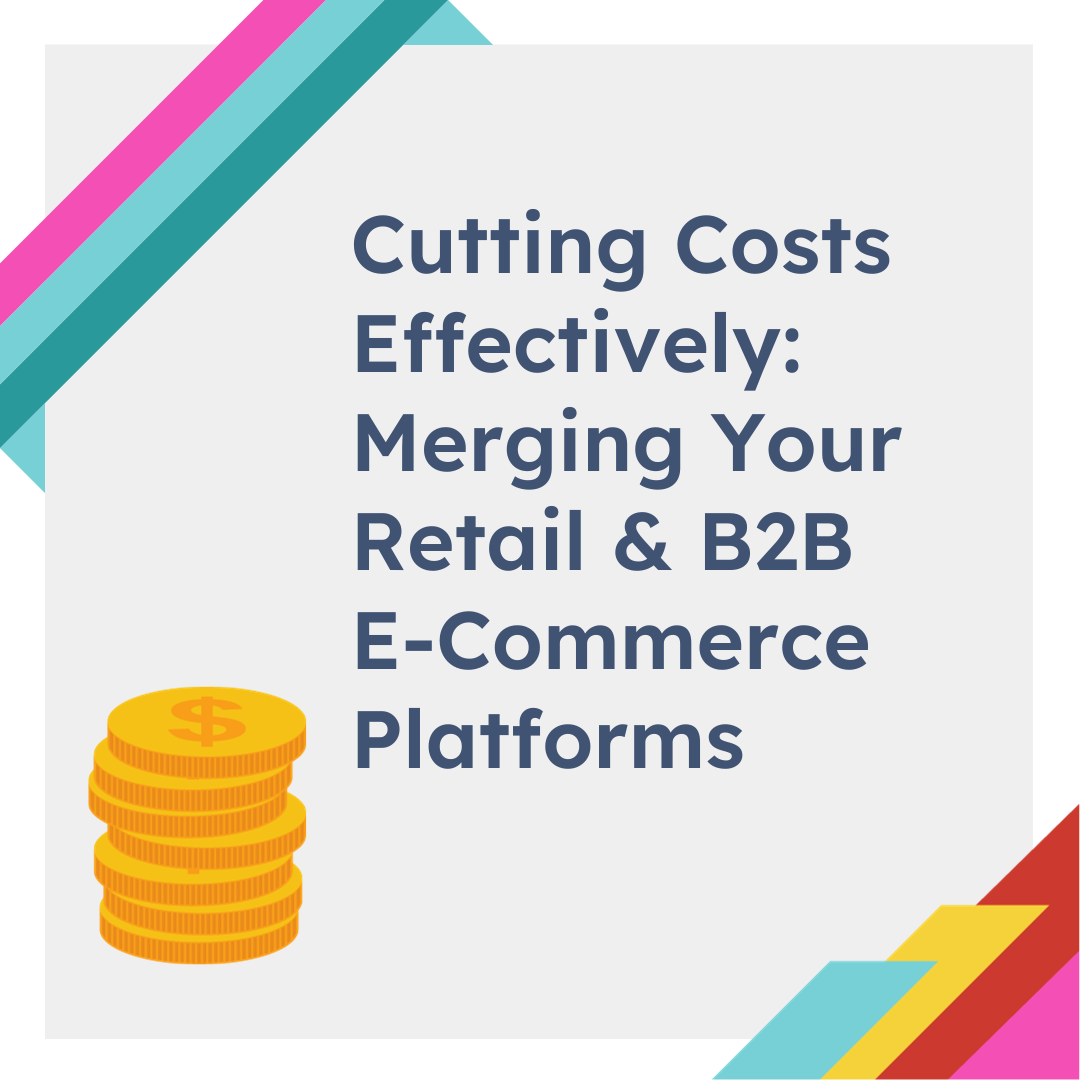
-
How to Create a Good E-Commerce User Experience
With the rise of ecommerce, having a great user experience has become more important than ever. A positive user experience can lead to increased sales, repeat business, and improved brand loyalty. Here are some tips to help you provide a great ecommerce user experience:
Written by
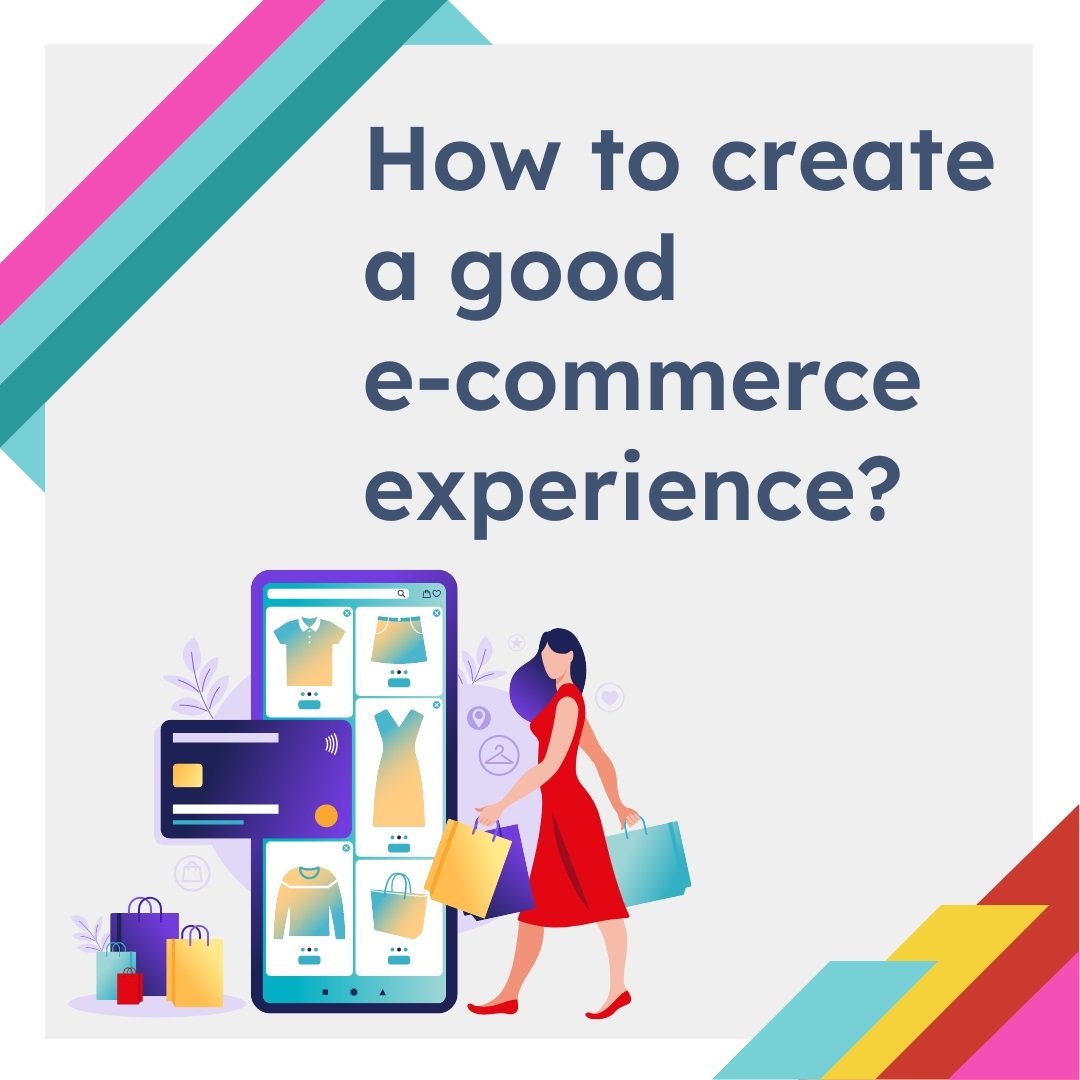
-
Important E-Commerce Metrics you need to Know
E-commerce is a rapidly growing field, and understanding the key metrics that drive online businesses is essential for success. In this article, we will cover some of the most important e-commerce metrics you need to know, including customer acquisition cost, conversion rate, average order value, customer lifetime value, churn rate, and more.
Written by
